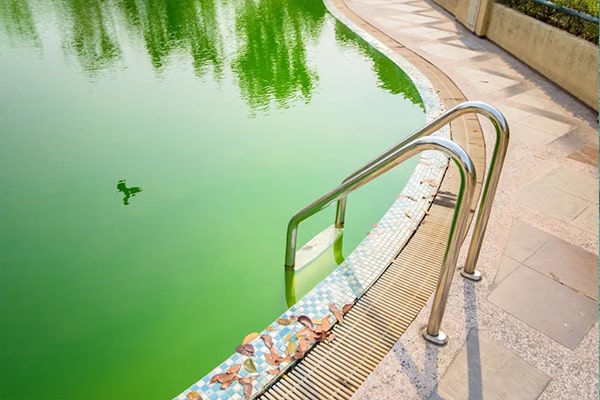
Causes of green water in the pool
This problem applies mainly to supermarket pools. The manufacturer of these pools supplies cartridge filters or paper derivatives, uniform for all capacities of pools of this type.
Unfortunately, filtration based on this type of "invention" is inefficient and has no right to function properly. In the first instance, if you own a pool of this type, you should invest in a small sand filter and an appropriately sized filtration pump. Such a filter set is selected according to the capacity and size of the pool (measured in m3).
This is usually due to the apparent saving of electricity by the User. Filtration should operate a minimum of 8 hours a day. As a rule of thumb, for private pools, we recommend that it should operate from 8 a.m. to 8 p.m. Bear in mind that a small energy saving will result in the need to purchase additional pool chemicals and will probably put the pool out of service for several days.
Filtracja powinna działała wtedy kiedy korzystamy z basenu, zwyczajowo jest to dzień. Filtracja musi być trwała, systematyczna i odbywać się wtedy kiedy basen jest użytkowany, ponieważ:
• użytkując basen wspomagamy obieg wody wewnątrz niecki basenowej, co wspomaga odpowiednią filtrację
• korzystając z basenu zanieczyszczamy go, a włączona filtracja na bieżąco oczyszcza wodę, dzięki czemu ograniczymy rozwój mikroorganizmów
• w dzień basen narażony jest na wpływ warunków atmosferycznych (nasłonecznienie, temperatura), które sprzyjają rozwojowi grzybów, bakterii czy glonów, w szczególności w wodzie „stojącej”.
This is a point that most users do not remember or do not know about. It is essential to rinse the filter regularly. In the case of systematic use of the pool, even once a week.
Every professional filter set is equipped with a 6- or 4-way valve, with the help of which we rinse the pool filter.
The whole procedure for rinsing the pool filter should not take longer than 10 minutes, and this is extremely important for the quality of the pool water.
On every pack of chemistry we supply, there is a precise description of how and how much chemistry should be applied per m3 of water. In the case of manual dosing, special care must be taken to ensure that the chemistry is present in the water at all times. We recommend the use of multi-purpose tablets and dosing buoys.
This is the root cause of pool water maintenance problems. Only the use of high-quality, reputable chemicals will keep the pool water in good condition. It's not about the quantity of chemicals used but about their quality and performance. Cheap pool chemicals are made from chemical waste, which, apart from being poorly effective, affects the health of the user. We recommend using products from European manufacturers - HTH (France), Bayrol (Germany) or Chemoform (Germany) - whose quality is incomparable to cheap market equivalents.





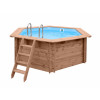
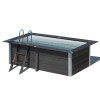
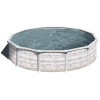
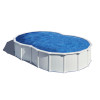
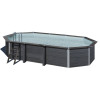
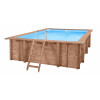
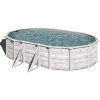
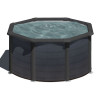








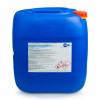
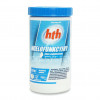
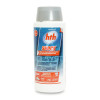
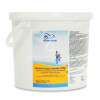
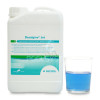
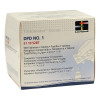





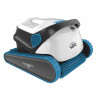



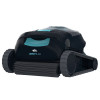
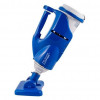




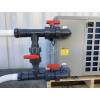
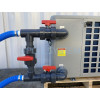
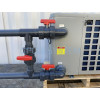











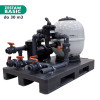
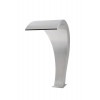
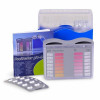
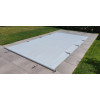

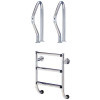










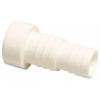
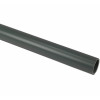
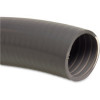
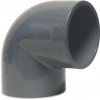
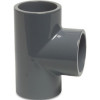
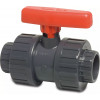
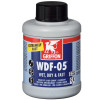
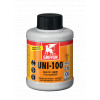







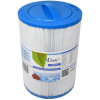
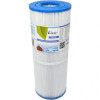
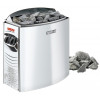


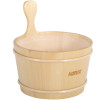

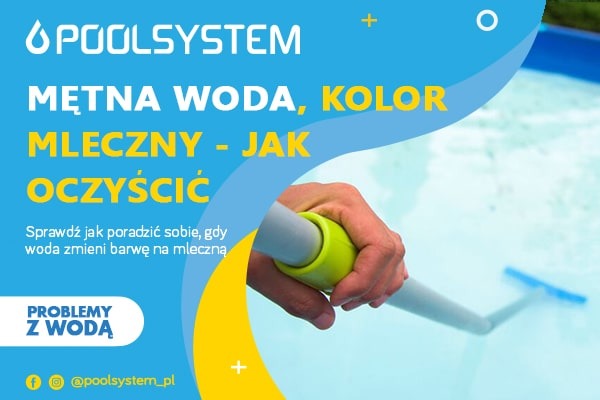
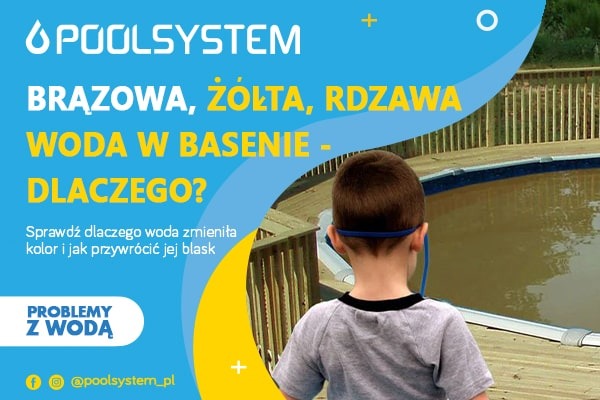
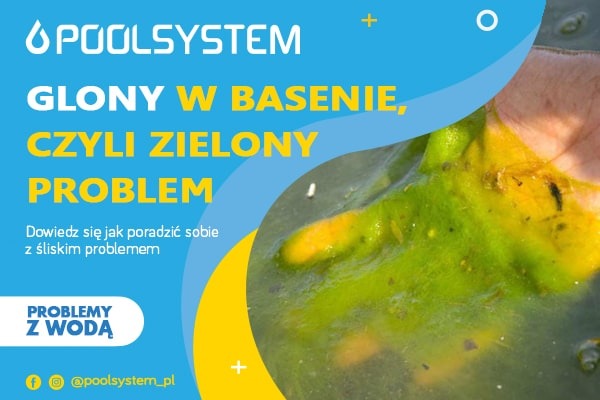
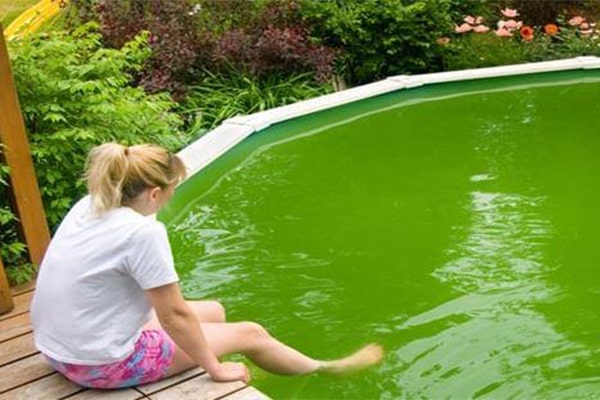
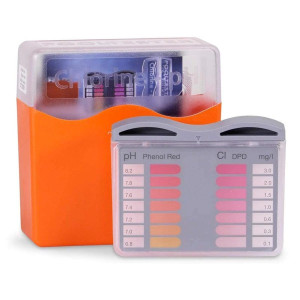

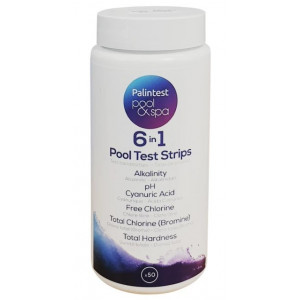

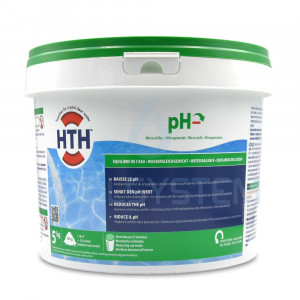

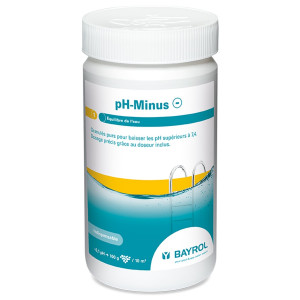
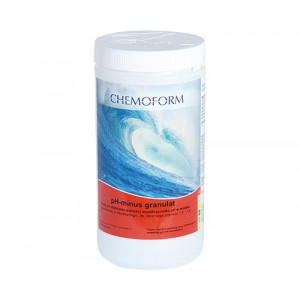
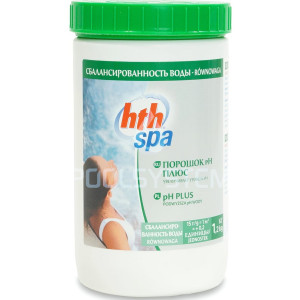
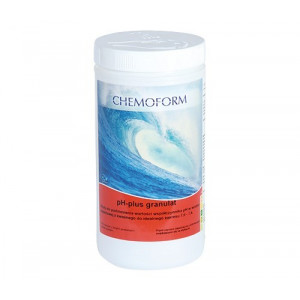

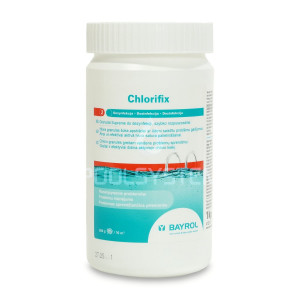

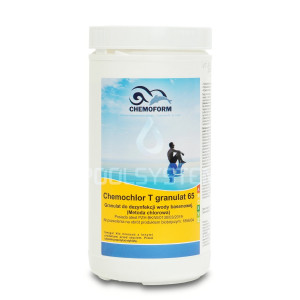

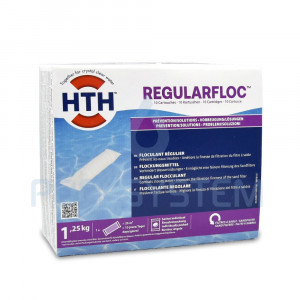

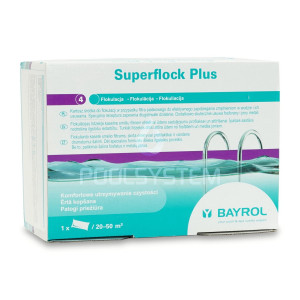

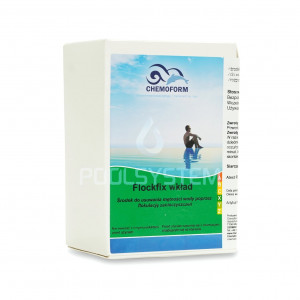


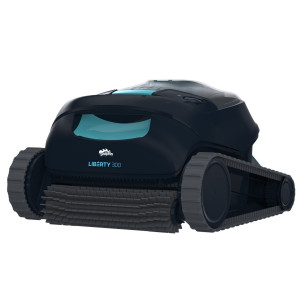




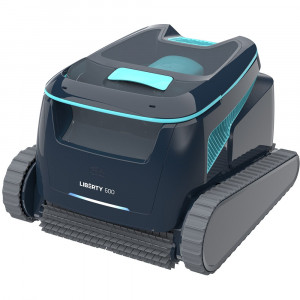


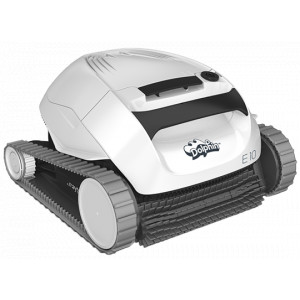

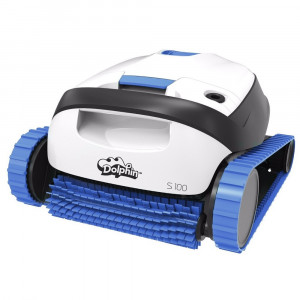





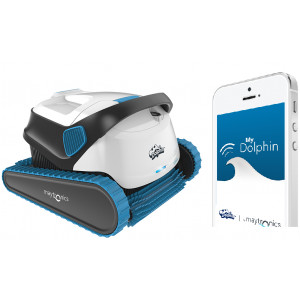

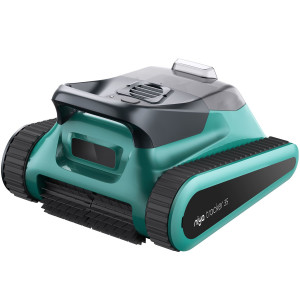

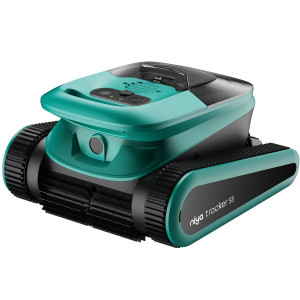


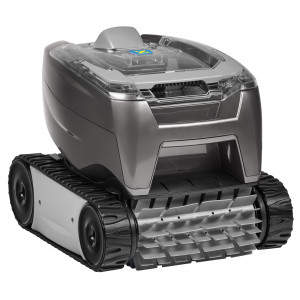



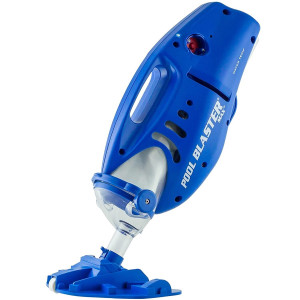

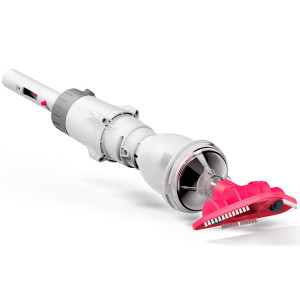

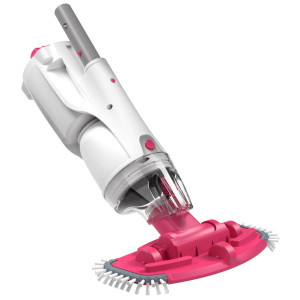

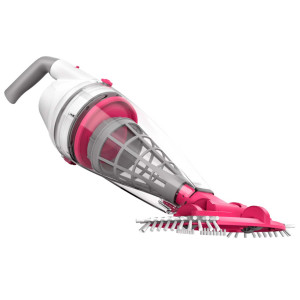

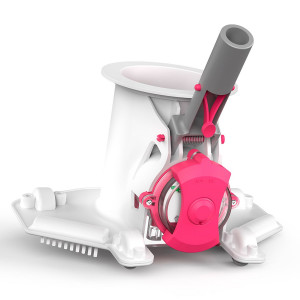

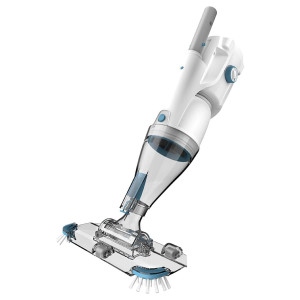

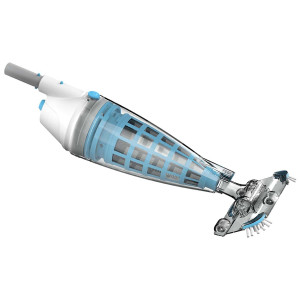



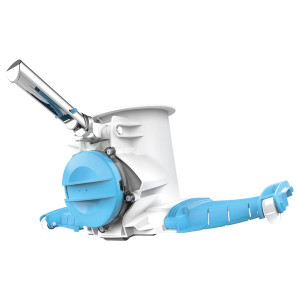

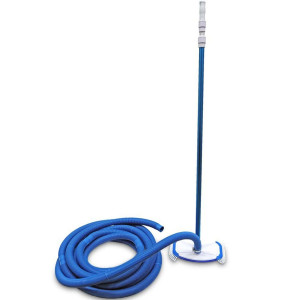

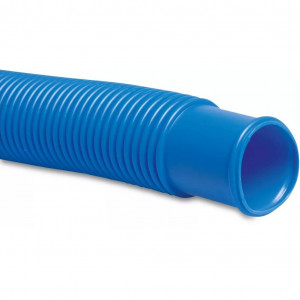

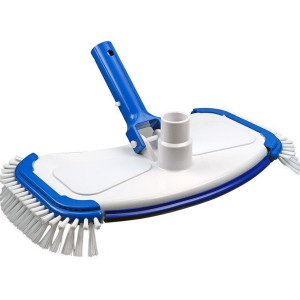

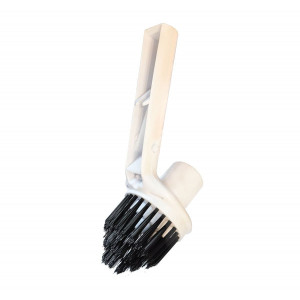
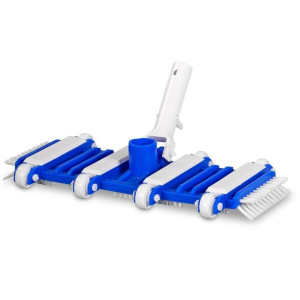


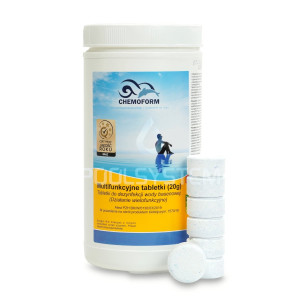

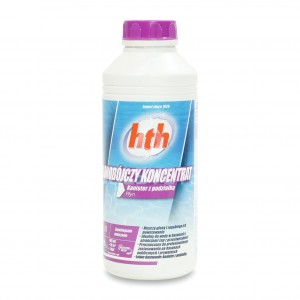
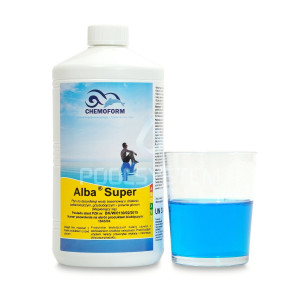


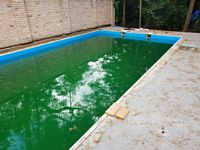
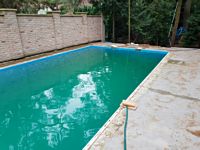
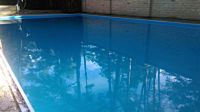
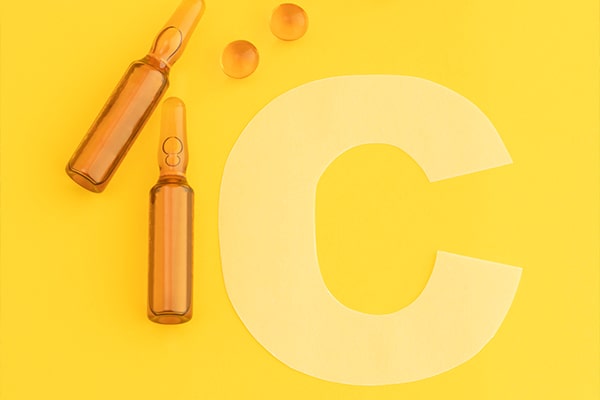

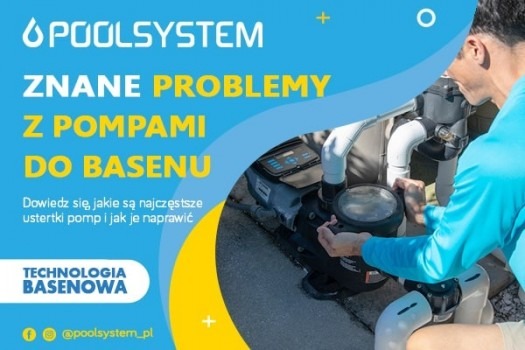

Comments (0)